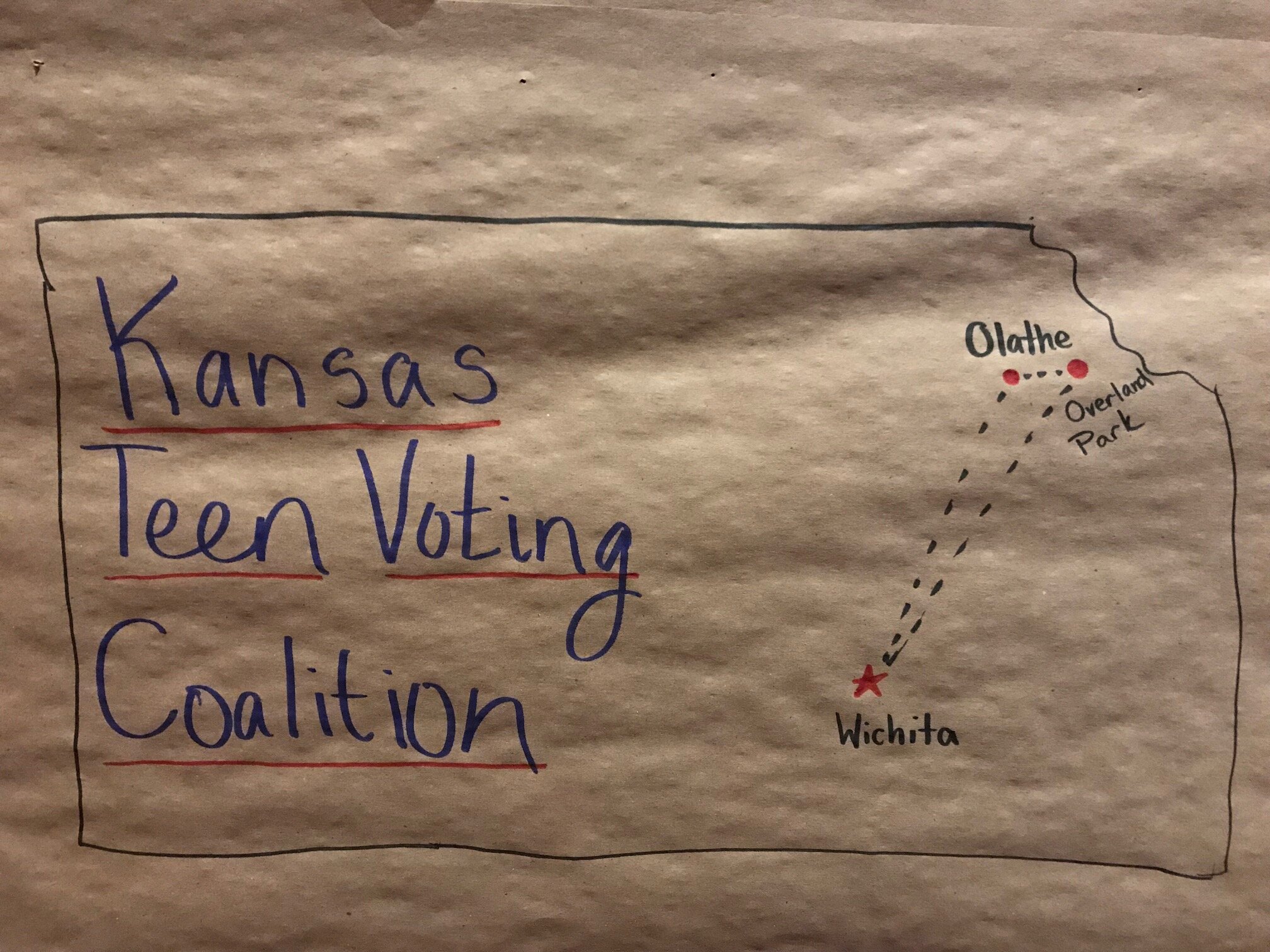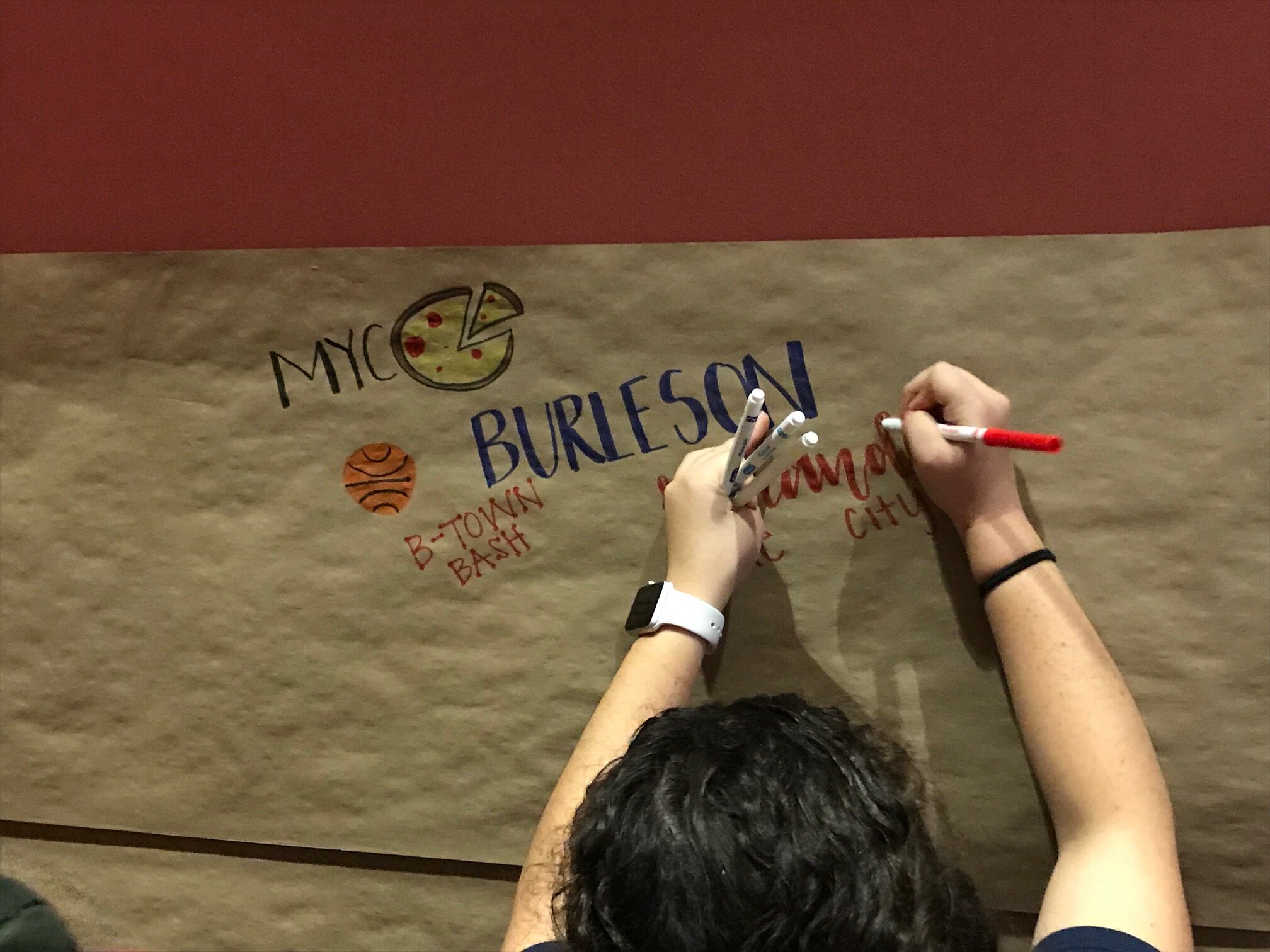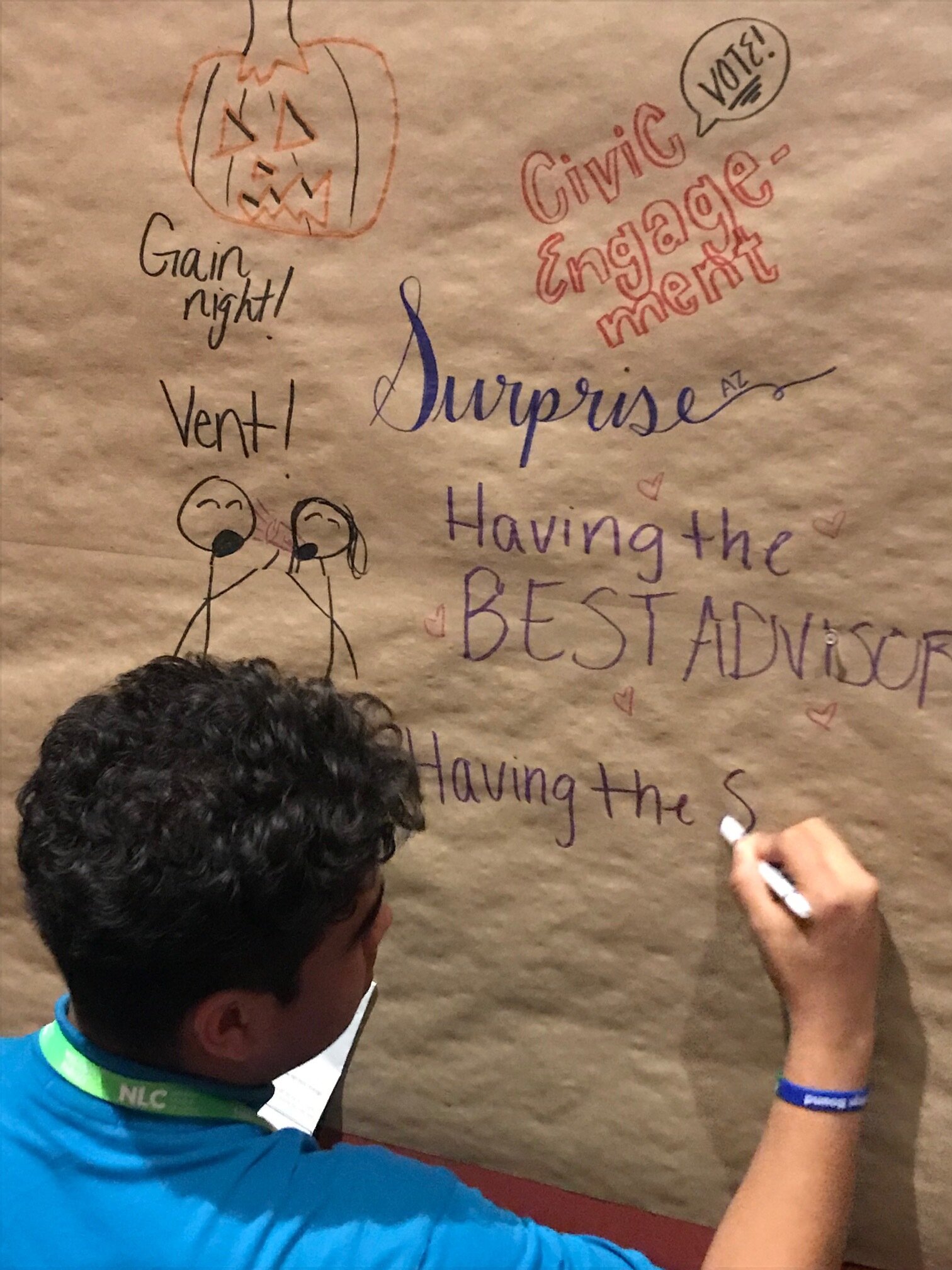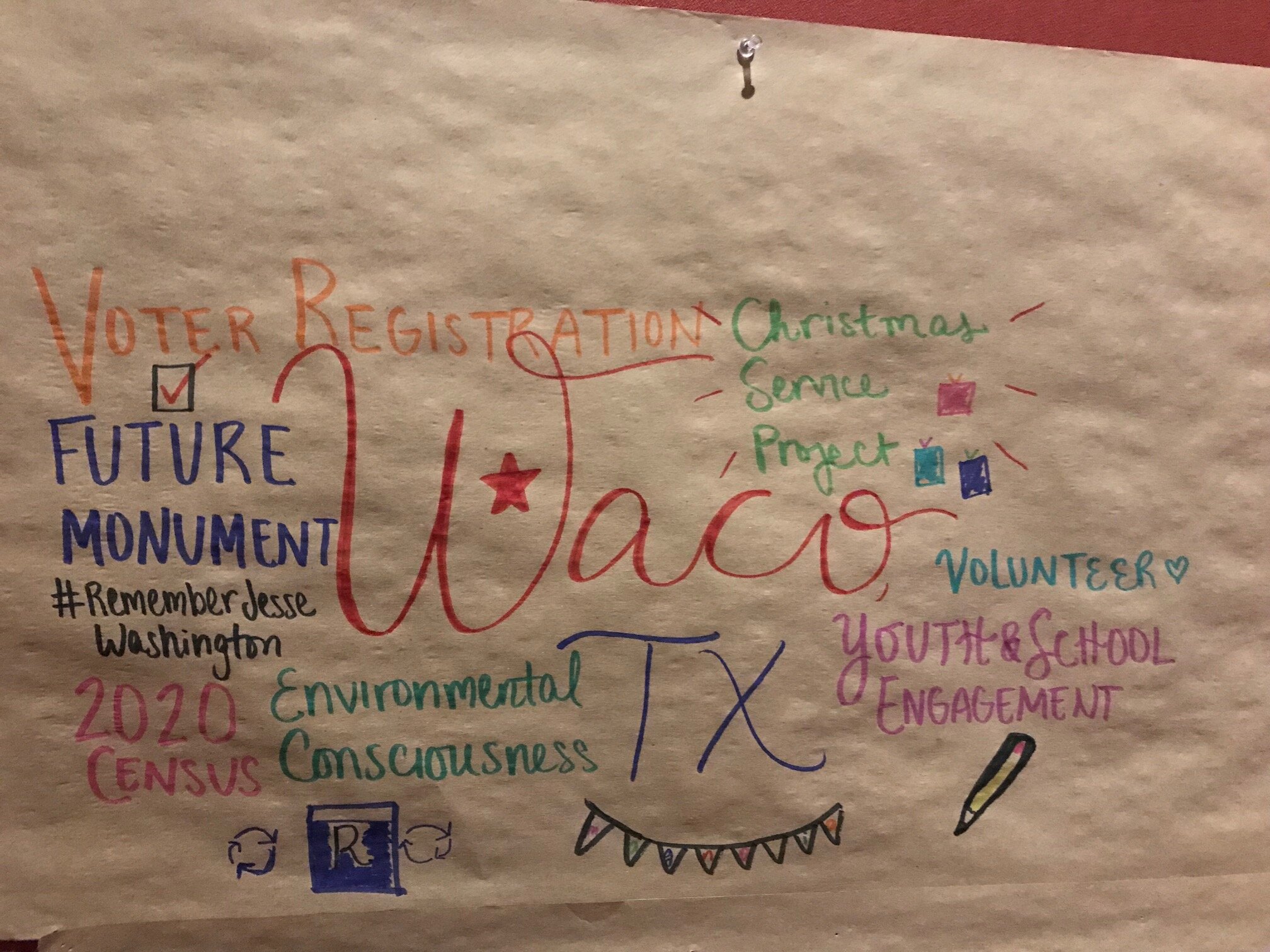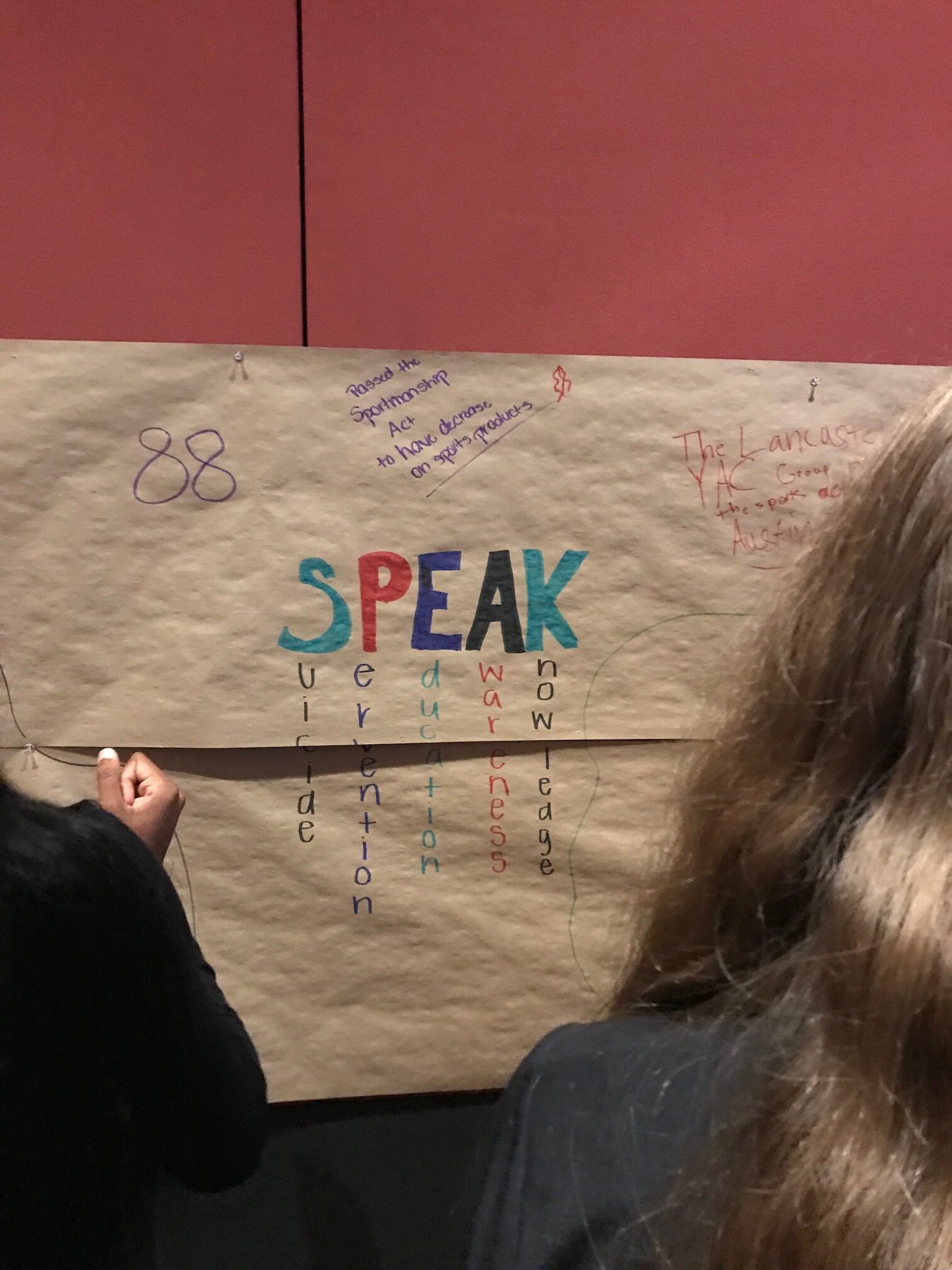Oppression takes away people’s power, including the power of self-determination, and relies on the unjust use of power to control another person or group. The various government systems with direct control over the lives of children and youth - the child welfare and juvenile justice systems especially - routinely and completely strip youth of their power. This Youth Justice Action Month, I call on leaders on child-impacting systems to reduce oppression in their systems by centering youth-adult partnership.
Systems ignore or defy the self-determination of Black, Indigenous, and LGBTQ youth, especially, and it’s the rare system actor that asks any youth what they need or want. I’ve frequently heard from youth that adults don’t care why they make certain choices; adults just punish them. That youth feel that way defies any goals of accountability, protection, or behavior change these systems claim to accomplish.
White supremacy baked into the justice system, child welfare agencies, and the courts creates a culture in those organizations focused on the control of Black bodies and families. Judges use incarceration in youth jails to “protect” Black girls who fail to follow judicial commands despite dozens of studies documenting the trauma and abuse youth incur in these facilities.
Forced boarding schools, which only recently ended, removed approximately one half of all Indigenous children from their families, communities, and culture for more than 100 years. These “schools” forced cultural assimilation to white culture using abuse and neglect and created generational trauma that the U.S. has not even begun to address.
Law enforcement practices put LGBTQ youth into the juvenile justice system at higher rates than their peers and often for survival behaviors adapted by the youth in the face of family rejection. And, once there, the juvenile justice system uses solitary confinement to “protect” LGBTQ youth rather than create supportive, effective responses to their needs, and still fails to keep them safe from high rates of sexual and physical abuse.
How can adults in these systems partner with youth both to determine the future of their own lives and that of the systems that control so much of their lives?
Youth-adult partnership is a decision-making structure where youth and adults come to the table together, identify an issue or question together, and apply their unique skills, knowledge and assets to solving it together. Everyone shares power, accountability, equal supports for their participation, and a common language.
At the individual level, adults in the justice and child welfare systems can approach youth as human beings. Take a step back from day-to-day interactions with youth and ask yourself if you would treat an adult the same way. Approach meetings with youth as problem-solving sessions where you work as partners.
Systems can also do more to meet the basic levels of youth engagement required by federal law. Congress, an institution not known for its power sharing with young people, has long prioritized youth-adult partnership in juvenile justice decisions. Federal law mandates youth with lived experience to serve as equal voting members on State Advisory Groups, advisory bodies that distribute federal grants and inform juvenile justice practices in states. Other federal laws and policies require adults in the justice system to work with LGTBQ youth to identify the safest placements for them. However, evidence demonstrates that states so far have failed to meet these requirements.
Models exist within the juvenile justice and child welfare fields of agencies and organizations centering youth-adult partnership. I’m excited to have worked with some of them, like the Center for Children’s Law and Policy and National Association of Counsel for Children, or learned from them over my career, and am ready to support your agency or organization when it is ready to do more.



